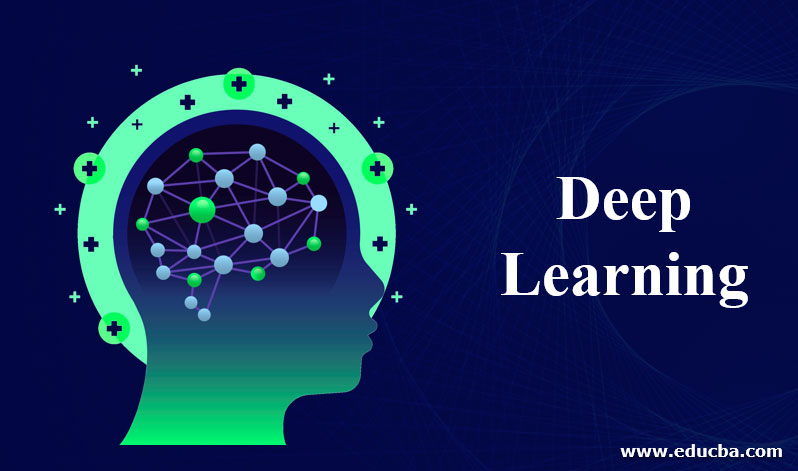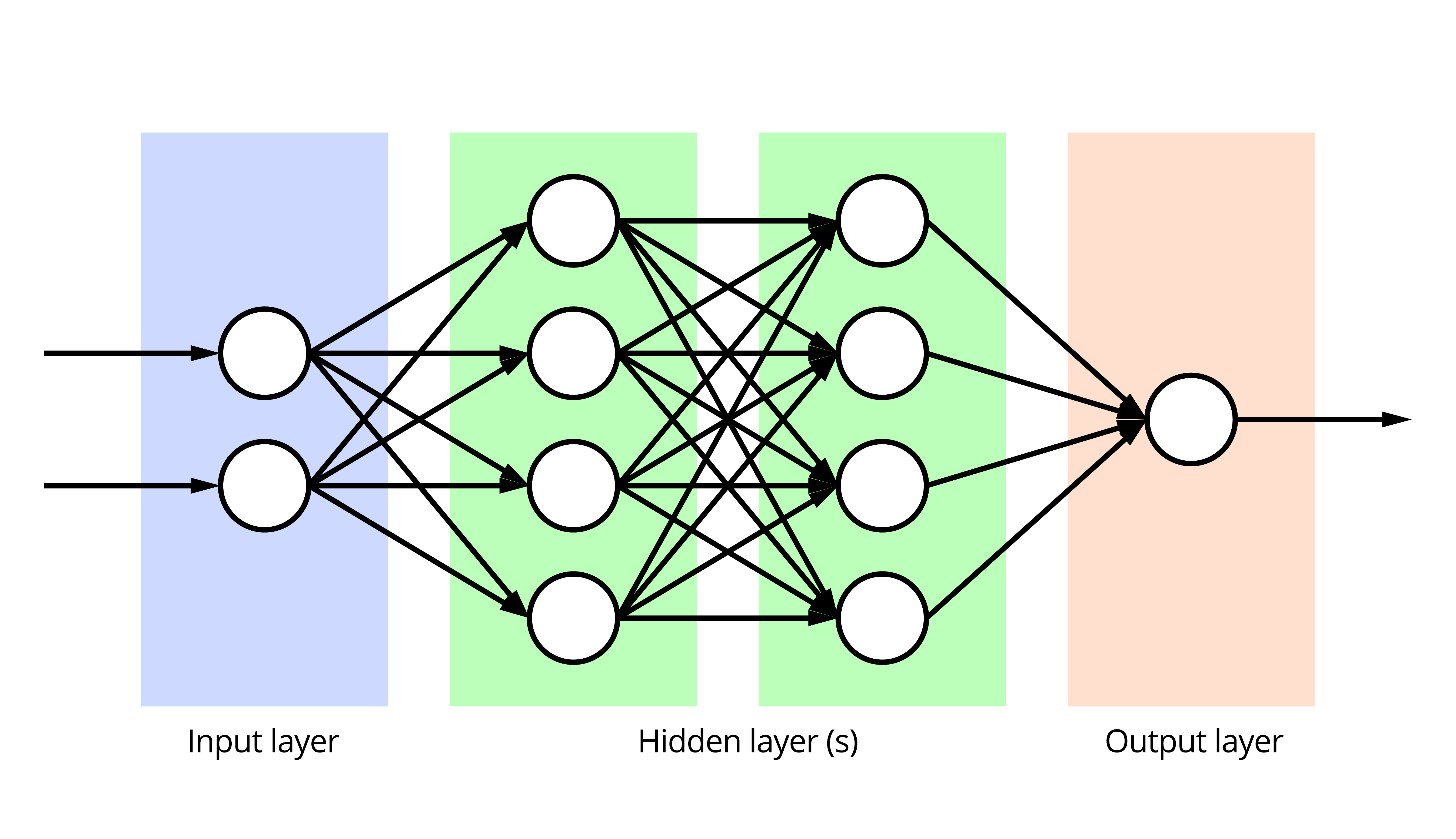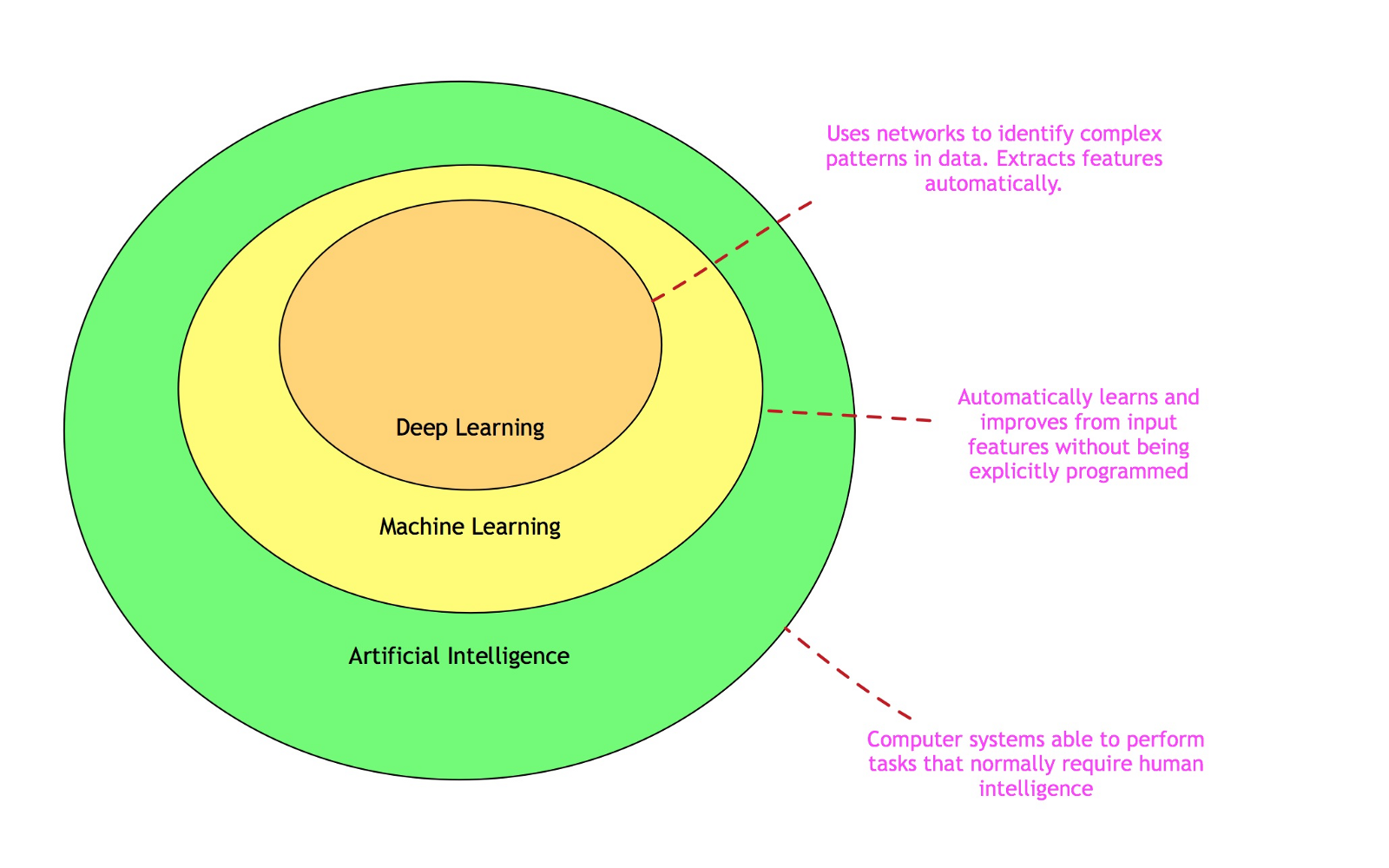

Ignored_columns: (Optional, Python and Flow only) Specify the column or columns to be excluded from the model. This option defaults to AUTO.įold_column: Specify the column that contains the cross-validation fold index assignment per observation. The available options are AUTO (which is Random), Random, Modulo, or Stratified (which will stratify the folds based on the response variable for classification problems). If x is missing, then all columns except y are used.įold_assignment: (Applicable only if a value for nfolds is specified and fold_column is not specified) Specify the cross-validation fold assignment scheme. X: Specify a vector containing the names or indices of the predictor variables to use when building the model. Y: Specify the column to use as the dependent variable.

Keep_cross_validation_fold_assignment: Enable this option to preserve the cross-validation fold assignment. Keep_cross_validation_predictions: Enable this option to keep the cross-validation predictions. Keeping cross-validation models may consume significantly more memory in the H2O cluster. Keep_cross_validation_models: Specify whether to keep the cross-validated models. Note: Cross-validation is not supported when autoencoder is enabled. text, audio, time-series), then RNNs are a good choice. MLPs work well on transactional (tabular) data however if you have image data, then CNNs are a great choice. Several other types of DNNs are popular as well, such as Convolutional Neural Networks (CNNs) and Recurrent Neural Networks (RNNs). Each compute node trains a copy of the global model parameters on its local data with multi-threading (asynchronously) and contributes periodically to the global model via model averaging across the network.Ī feedforward artificial neural network (ANN) model, also known as deep neural network (DNN) or multi-layer perceptron (MLP), is the most common type of Deep Neural Network and the only type that is supported natively in H2O-3. Advanced features such as adaptive learning rate, rate annealing, momentum training, dropout, L1 or L2 regularization, checkpointing, and grid search enable high predictive accuracy. The network can contain a large number of hidden layers consisting of neurons with tanh, rectifier, and maxout activation functions. H2O’s Deep Learning is based on a multi-layer feedforward artificial neural network that is trained with stochastic gradient descent using back-propagation. Saving, Loading, Downloading, and Uploading Models.



 0 kommentar(er)
0 kommentar(er)
